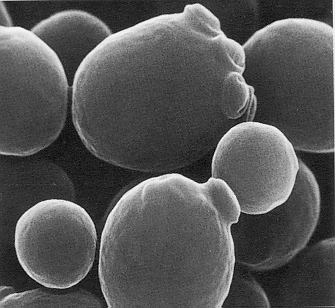Principle of the test method:
A variety of haploid and diploid strains of the yeast Saccharomyces cerevisiae can be used to measure the production of gene mutations induced by chemical agents with and without metabolic activation. Forward mutation systems in haploid strains, such as the measurement of mutation from red, adenine requiring mutants (ade-1 , ade-2) to double adenine-requiring white mutants and selective systems suchas the induction of resistance to canavnaine and cycloheximide, have been utilized. The most extensively validated reverse mutation system involves the use of the haploid strain XV 185-14C which carries the ochre nonsense mutations ade 2-1, arg 4-17, lys 1-1 and trp 5-48, which are reversible by base substitution mutagens that induce site specific mutations or ochre suppressor mutations. XV 185-14C also carries the his 1-7 marker, a missense mutation reverted mainly by secondsite mutations, and the marker hom 3-10 which is reverted by frameshift mutagens.
Procedure:
Treatment of S. cerevisiae strains is usually performed in a liquid test procedure involving either stationary or growing cells. Initial experiments should be carried out on growing cells: 1-5 x 107 cells/ml are exposed to the test chemical for up to 18 hours at 28 to 37°C with shaking; an adequate amount of metabolic activation system is added during treatment when appropriate. At the end of the treatment, cells are centrifuged, washed and seeded upon an appropriate culture medium. After incubation, plates are scored for survival and the induction of gene mutation.If the first experiment is negative, then a second experiment should be carried out using stationary phase cells. If the first experiment is positive it is confirmed in an appropriate independent experiment.
Data should be presented in tabular form indicating the number of colonies counted, number of mutants, survival and mutant frequency. All results should be confirmed in an independent experiment. The dara should be evaluated using appropriate statistical methods.
